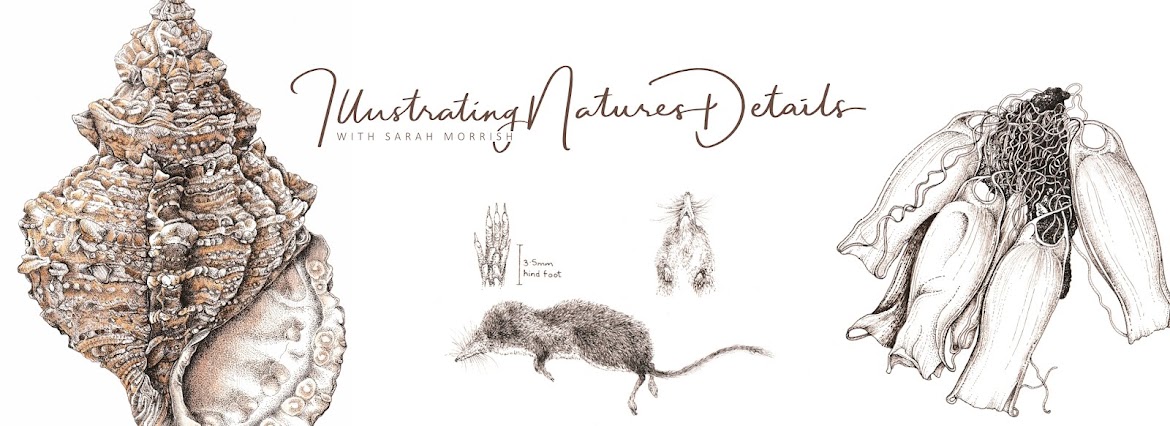I had heard of this flower a number of times but had never grown one. To my amazement it is not only the colour of chocolate but also smells like it !
In the above image the flower looks rather red and perylene maroon is a colour that definately comes to mind. In other light the flower looks intensely dark with a velvet look to it and a rich dark brown, almost black.
I was working in my Stilman and Birn Zeta Sketchbook and decided after the colour tests to just paint a petal. Whilst mixing the initial washes I tried to ensure that I used no more than 3 colours in each mix. Each paint colour that I used consisted of a single pigment, with the exception of indigo.
This is a colour that I have only just returned to using again. I had always avoided it in the past because it has black in the pigment mix and is also often an opaque colour, as well as being incredibly staining.
Without diverting from the subject of the cosmos too much, the indigo that I now use is manufactured by Daniel Smith. It consists of 2 pigments PB60 and PBk6, a blue and a black, but the great thing about it is that it is transparent. Another well known make of watercolour paint has different properties in its indigo watercolour - 3 pigments PBk6, PV19, PB15, it is opaque too.
Back to the cosmos - the final mix I decide upon was the bottom 3 colour tests. The colours I used were indanthrene blue (W&N), piemonte genuine (DS) and a touch of Old Holland magenta (which is a quinacridone colour PR122). This mix was used in varying degrees for the single petal and then dry brush work was used to finish it off in perylene maroon with a touch of piemonte genuine.
My initial colour tests are mixed quite dark and then I soften the colour strip with a moist, clean brush. This way I get to see the tonal value I can achieve with that mix.
That wasn't the end of it though ! When I looked at a flower the next day there was far more of a red base colour. So I set to again and took these steps .....
A base wash of perylene maroon applied first
Subtle ridges and detail in each petal created with a mix of piemonte genuine and indanthrene blue
The depth of colour was increased using the dry brush technique with a mix of perylene maroon and indanthrene blue
The finished painting trial and I'm still not sure if it is quite right. Never the less exercises like this are a great way to really get to know your colours and what you can achieve with them.
On another subject, we had the moth trap out last week to see what moths were flying around our patch. Alas, nothing significant showed up, so we will have another go soon.









Your posts are always so informative Sarah. Thank you for sharing your vast knowledge.
ReplyDeleteThank you Carole, I hope you found it useful.
DeleteGee, it looks pretty close to me! Thanks for the colour info in this post.
ReplyDeleteGlad you enjoyed it Candice.
ReplyDelete